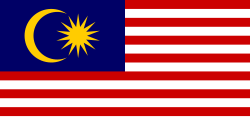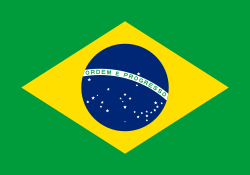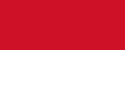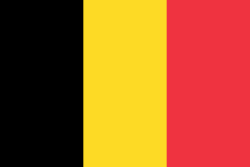Österrikes Grand Prix 2002
| Datum | 12 maj 2002 |
|---|---|
| Bana | A1-Ring |
| Sträcka | 71 × 4,326 = 307,146 km |
| Vinnare | Michael Schumacher, Ferrari |
| Pole position | Rubens Barrichello, Ferrari |
| Snabbaste varv | Michael Schumacher, Ferrari, 1:09,298 |
Österrikes Grand Prix 2002 var det sjätte av 17 lopp ingående i formel 1-VM 2002.
Rapport
Detta var det lopp där Rubens Barrichello i Ferrari fick stallorder att hålla igen i den sista kurvan så att hans stallkamrat Michael Schumacher kunde vinna loppet. Detta gjorde fansen på plats och över hela världen mycket upprörda, vilket eventuellt bidrog till att ett förbud mot stallorder som påverkade placeringarna i loppet infördes.
Vid den efterföljande prisceremonin kände Schumacher av publiktrycket och knuffade istället upp brasilianen Barrichello på den översta pallplatsen, där denne stod medan den tyska nationalsången spelades. FIA bedömde detta tilltag som ett regelbrott och dömde Ferrari, Schumacher och Barrichello till att tillsammans böta 1 miljon dollar.
Resultat
- Michael Schumacher, Ferrari, 10 poäng
- Rubens Barrichello, Ferrari, 6
- Juan Pablo Montoya, Williams-BMW, 4
- Ralf Schumacher, Williams-BMW, 3
- Giancarlo Fisichella, Jordan-Honda, 2
- David Coulthard, McLaren-Mercedes, 1
- Jenson Button, Renault
- Mika Salo, Toyota
- Allan McNish, Toyota
- Jacques Villeneuve, BAR-Honda (varv 70, motor)
- Heinz-Harald Frentzen, Arrows-Cosworth
- Mark Webber, Minardi-Asiatech
Förare som bröt loppet
- Jarno Trulli, Renault (varv 44, bränsletryck)
- Alex Yoong, Minardi-Asiatech (42, motor)
- Eddie Irvine, Jaguar-Cosworth (38, hydraulik)
- Nick Heidfeld, Sauber-Petronas (27, kollision)
- Takuma Sato, Jordan-Honda (26, kollision)
- Olivier Panis, BAR-Honda (22, motor)
- Felipe Massa, Sauber-Petronas (7, upphängning)
- Kimi Räikkönen, McLaren-Mercedes (5, motor)
- Enrique Bernoldi, Arrows-Cosworth (2, kollision)
- Pedro de la Rosa, Jaguar-Cosworth (0, gasspjäll)
VM-ställning
Förarmästerskapet | Konstruktörsmästerskapet
|
| ||||||||
Media som används på denna webbplats
The Flag of Europe is the flag and emblem of the European Union (EU) and Council of Europe (CoE). It consists of a circle of 12 golden (yellow) stars on a blue background. It was created in 1955 by the CoE and adopted by the EU, then the European Communities, in the 1980s.
The CoE and EU are distinct in membership and nature. The CoE is a 47-member international organisation dealing with human rights and rule of law, while the EU is a quasi-federal union of 27 states focused on economic integration and political cooperation. Today, the flag is mostly associated with the latter.
It was the intention of the CoE that the flag should come to represent Europe as a whole, and since its adoption the membership of the CoE covers nearly the entire continent. This is why the EU adopted the same flag. The flag has been used to represent Europe in sporting events and as a pro-democracy banner outside the Union.The civil ensign and flag of Belgium. It is identical to Image:Flag of Belgium.svg except that it has a 2:3 ratio, instead of 13:15.

















